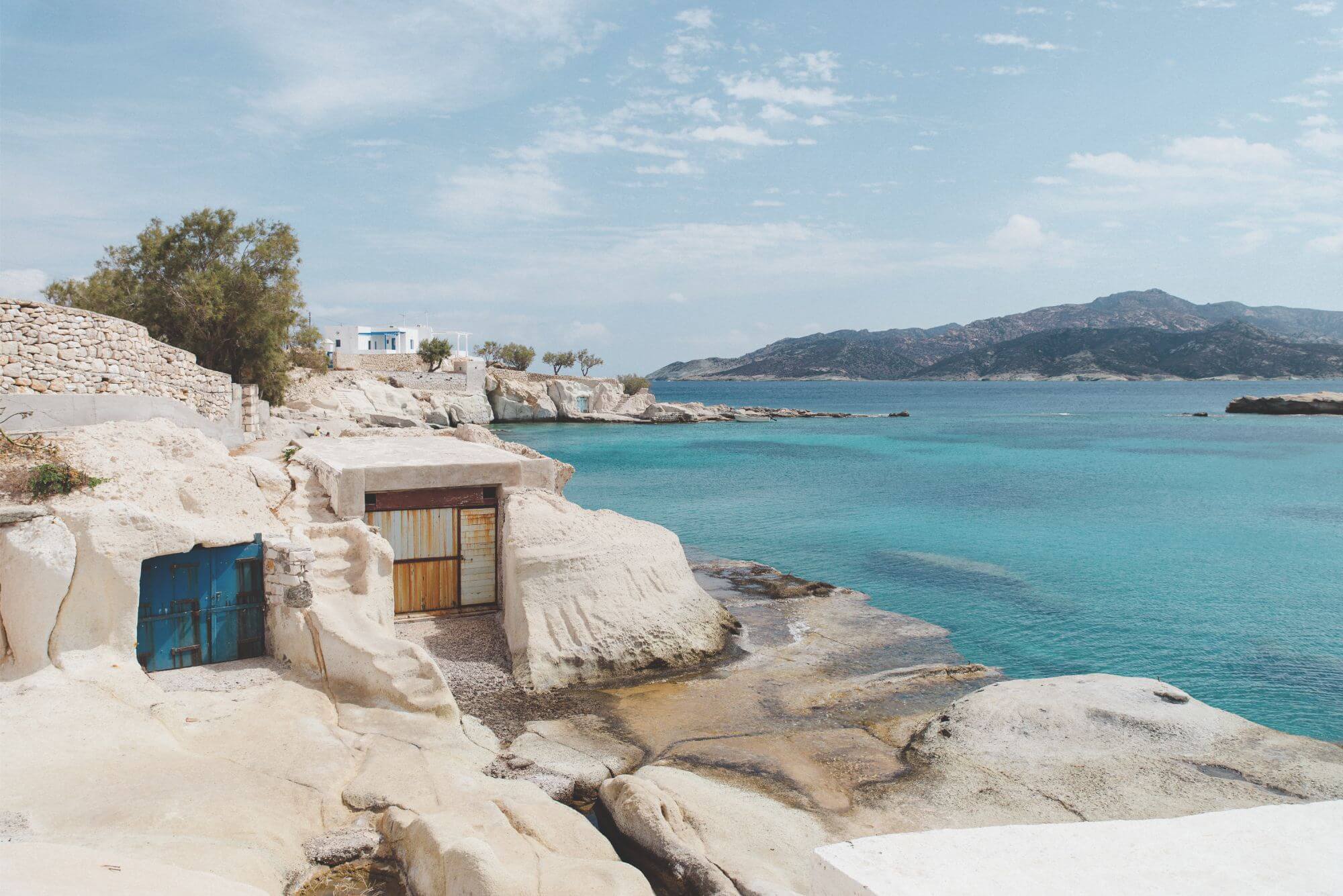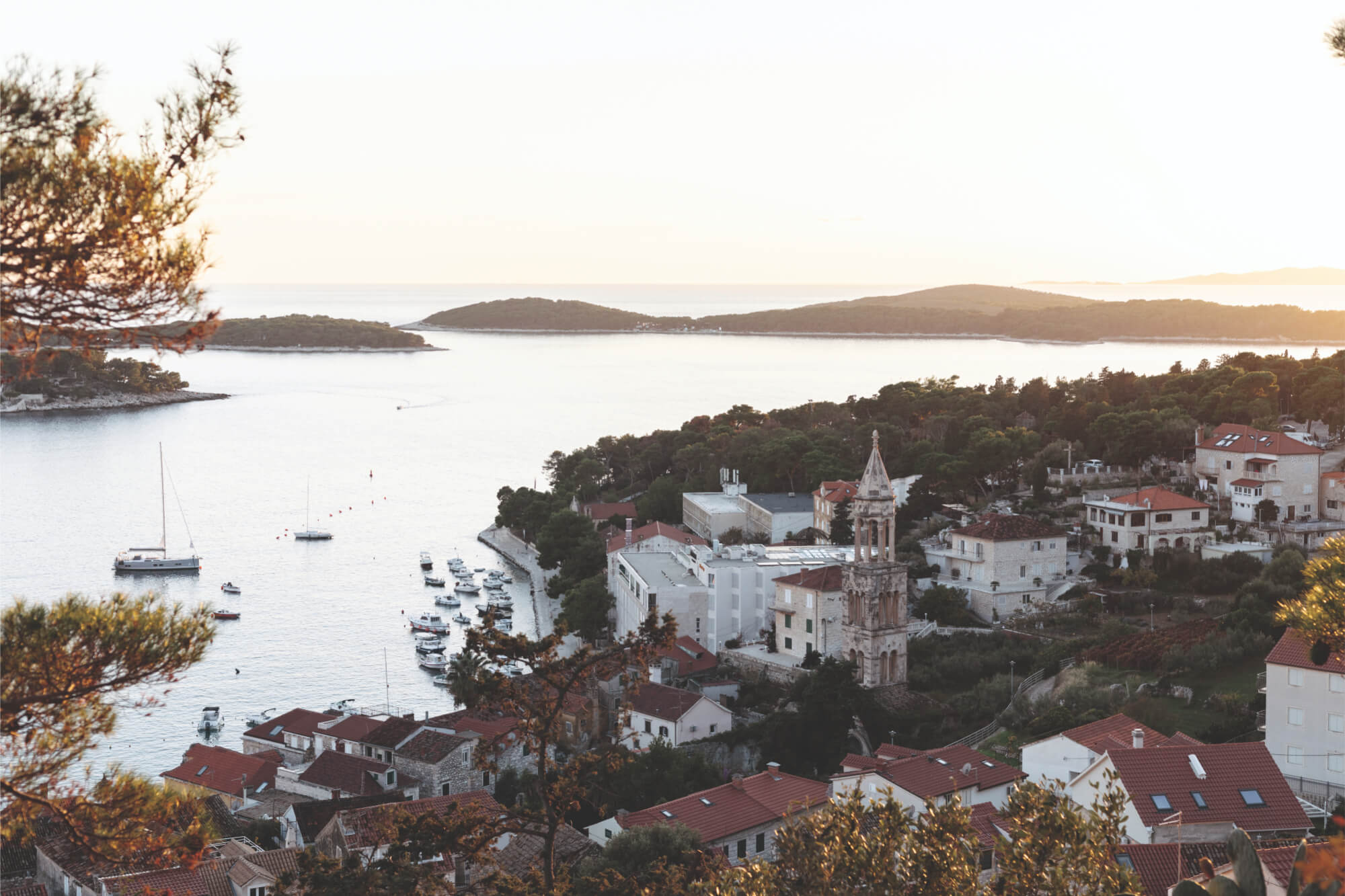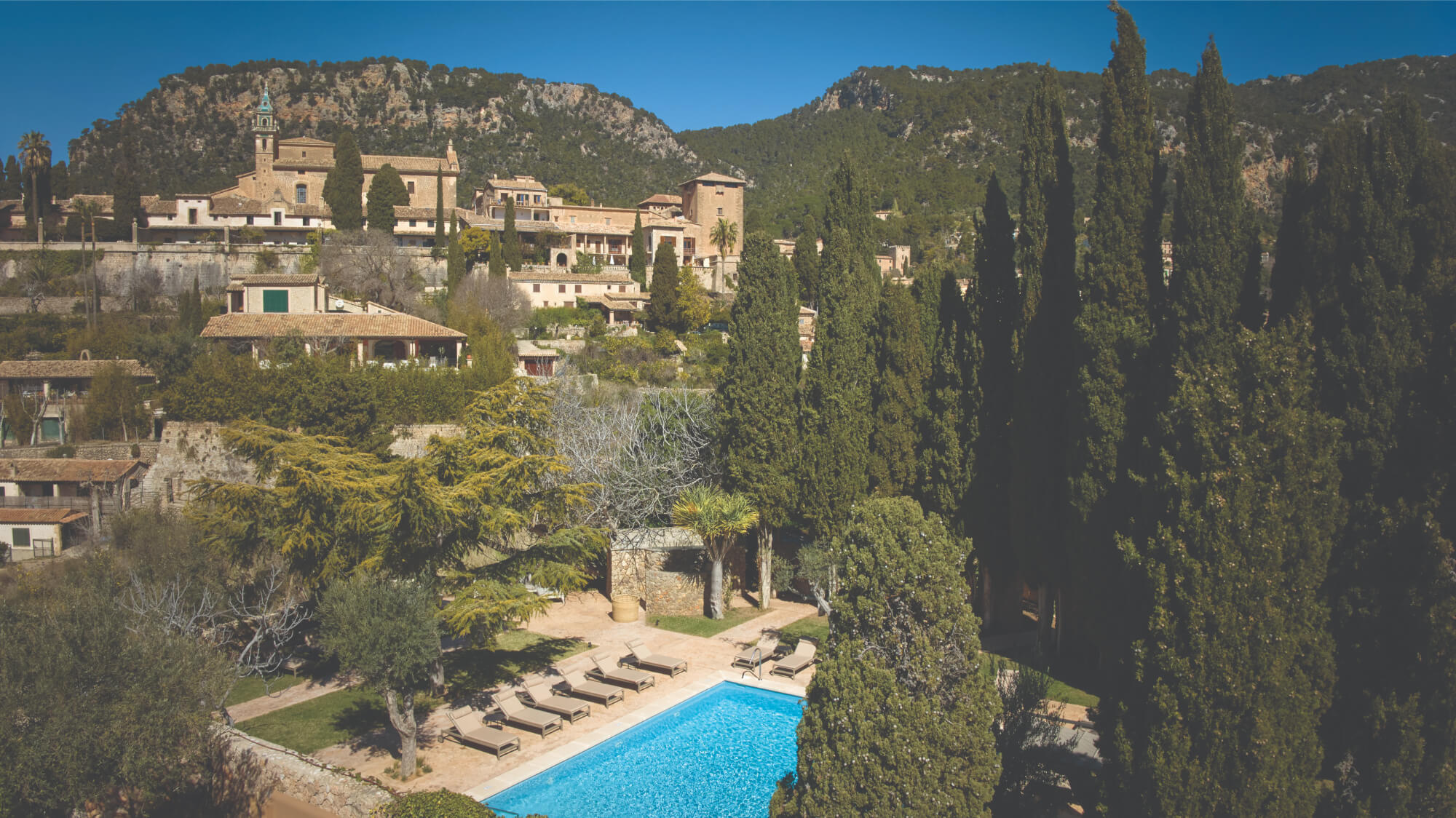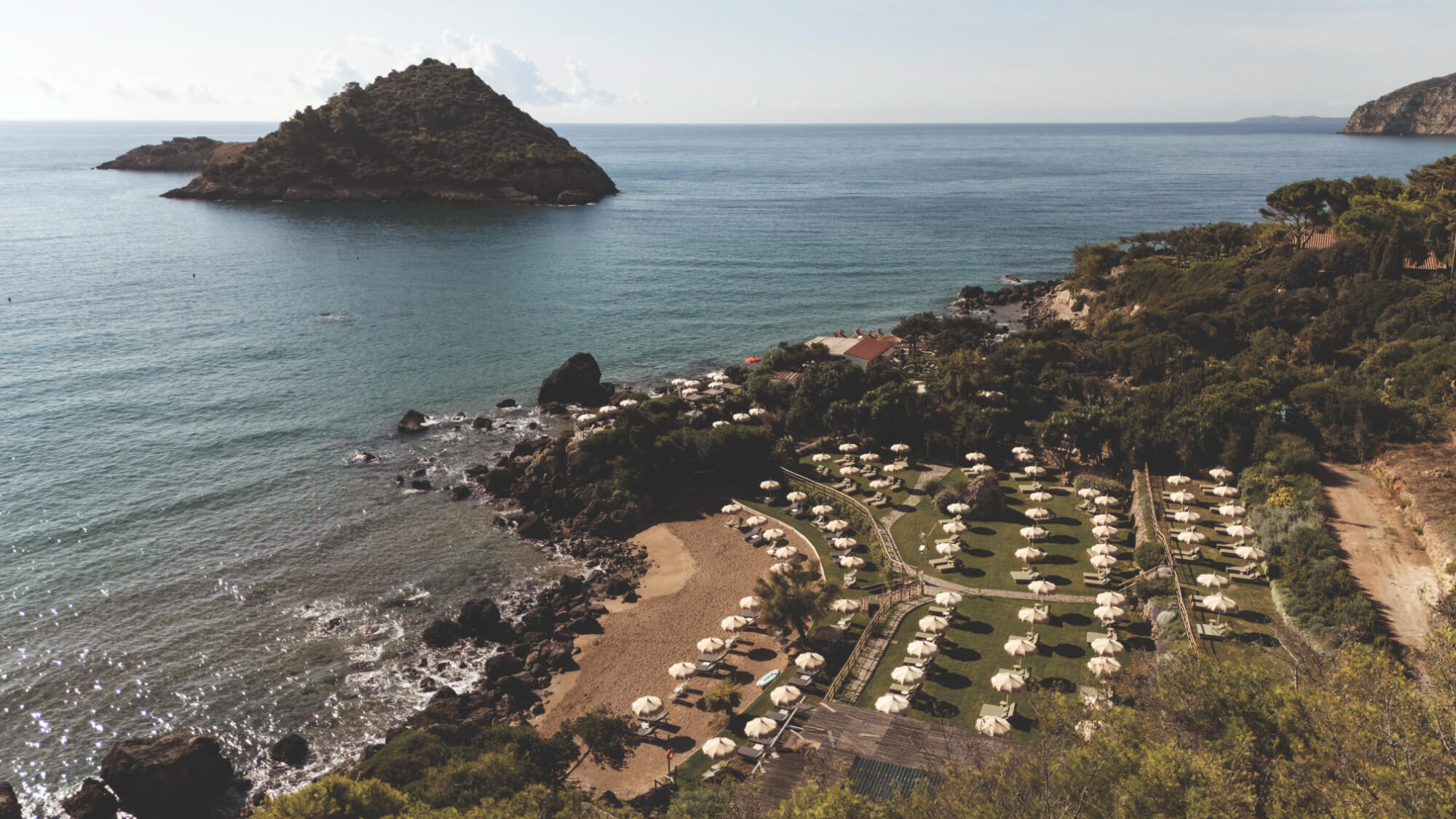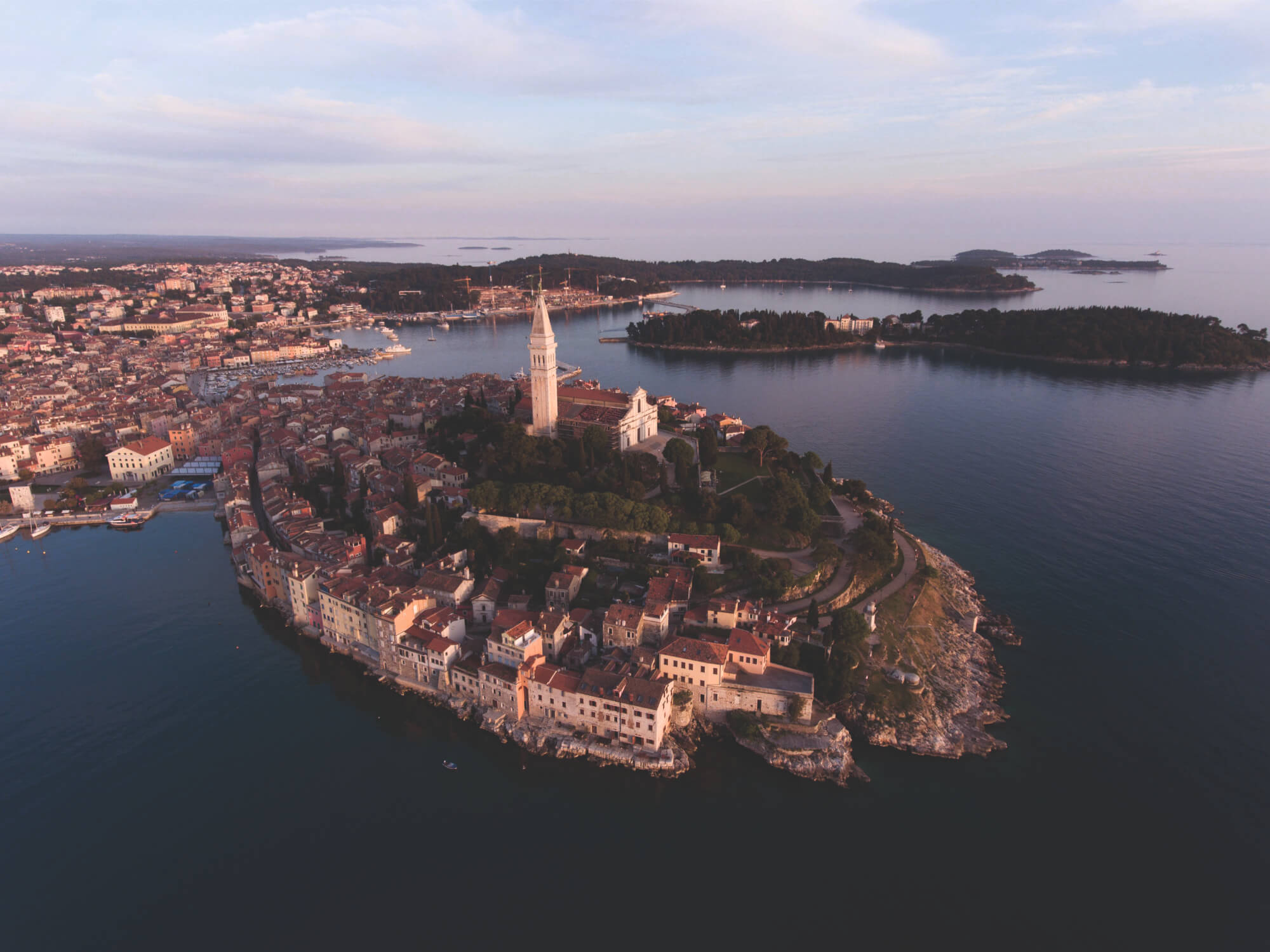For decades, sailors have set a course for the Cyclades, but not only for its myriad cultural attractions, sandy beaches, hidden coves and gin-clear seas. In spite of a predominantly dry, rocky landscape, this island region grows some spectacularly delicious and versatile produce, such as Santorini’s cherry tomato and crisp katsouni cucumber, and Serifos’ wild fennel and capers. These fine raw materials lend themselves to a wealth of traditional dishes that, thankfully, can still be found at tavernas and reinterpreted at high end restaurants. Here, we explore dining at two destinations, one well-known and the other less so, which are worth incorporating into your Cycladic sojourn.
The Must-Go
Vezené SantorDni, Santorini
Born and bred in New York City but with Greek roots that run deep, Ari Vezené has drawn a dedicated following to his bold, buzzy Athens bistro for more than a decade. Open-fire cooking with a feeling that you’re dining with family lies at the culinary heart of all he does. Tipping his hat to ancient ancestors, sailors, nomads and conquerors who contributed to the evolution of Greek gastronomy, the self-taught chef is constantly experimenting. So, it was a natural progression for Ari to translate his contemporary open kitchen comfort food philosophy to an island setting, namely Santorini. Located within the sublime yet low-key Cavo Tagoo Santorini resort in Imerovigli village, caldera-facing Vezené Santorini intermingles the flavours of the land with that of the sea. As in Athens, trademark dishes revolve around rustic whole meat roasts and aged prime cuts from humanely-raised animals and sustainable fish and seafood. Olive wood and vines feed the flames of a three-metre long open wood-fired hearth, or hestia, which forms the centrepiece of the Santorini location. It’s no coincidence that Hestia was the virgin goddess of the hearth and home. Raw materials are meticulously sourced from throughout the country, while zero-mile produce includes Santorini’s native white eggplant and cherry tomato. For lunch, sample smash hits from Ari’s Japanese fusion gastropub Birdman, also in Athens. For dinner, expect masterfully-prepared Wagyu Côte de Boeuf rib and 60-day aged striploin, tartar and crudos, whole fish, shrimp, langoustine and lobster from the Aegean and Ionian seas paired with wild greens, piquant cheeses and herb-flecked flatbreads.
THE TRADITIONAL TAVERNA
Marathoriza, Serifos
Simultaneously suave and simple, Serifos and its devoted repeat visitors (a good number of them sailors taking shelter from summer’s fierce meltemi winds) possess a healthy respect for homegrown local flavours. Located at the western edge of the whitewashed island’s hilltop capital of Hora is a small, warmly-welcoming taverna named Marathoriza. Seating is indoors amid soothing sage and pale grey interiors, while some tables offer dramatic views of nearby hills and the sea.
Marathoriza takes its name from the Greek word for fennel, which is found growing wild throughout the island. Cheerful owner and cook Vivian Gioula’s aim is to humbly preserve and present the island’s traditional recipes. She derives inspiration from her family’s home cooking but also the professional kitchens in which she grew up. She sources high-quality ingredients, the majority of them local, and lovingly prepares a small but considered vegan-friendly menu of home-style meze, baked dishes, casseroles and seafood, often infusing them with her own distinctive touch. Sample local recipes such as thinly-sliced homemade louza (a Cycladic cold cut) with garlic, cumin and allspice, flash-fried fennel cakes served with honey, hearty tomato-based hogget stew, cuttlefish with spinach and fennel, caper ragout, chickpeas braised in a clay pot, rabbit with rosemary and lamb with sage and honey. Stay local with terroir-driven organic and natural wine, such as semi-sweet rosé Haroumenos Vatrahos named after the island’s marsh frog, from Serifos’ small-scale Chrysoloras estate. Its young vintners are working hard to revive the indigenous Serifiotiko varietal, among other Cycladic grapes.


